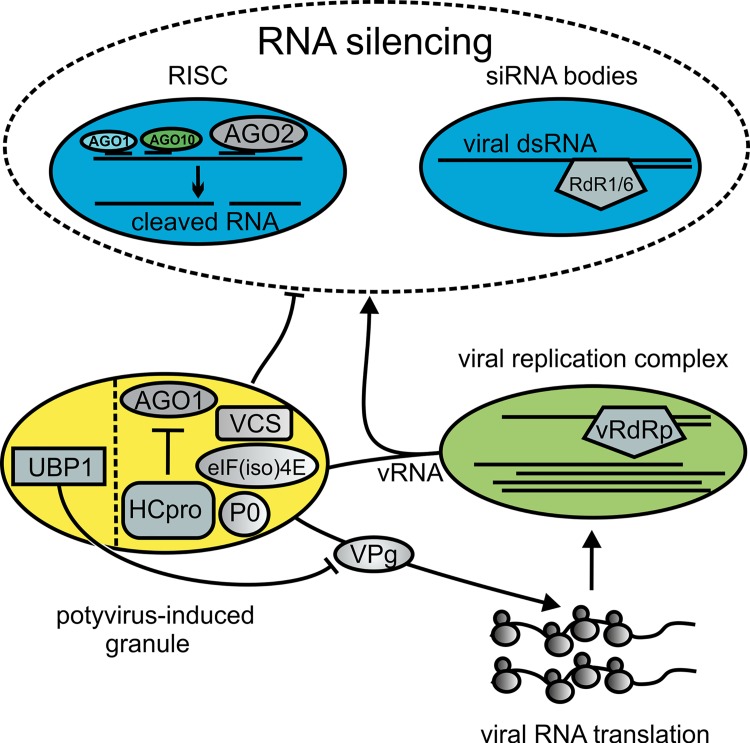Fig 8. A model for PGs in PVA infection.
Viral RNAs engage in different processes after replication including translation. This involves recruitment of the cytoplasmic translational machinery, which potentially exposes viral RNAs to hostile cytoplasmic conditions. RNA silencing-associated structures, potyvirus-induced granules and polysomes may overlap to a yet unknown extent, but are illustrated here as alternative destinations for replicated viral RNA. HCpro, UBP1, VCS, P0 and AGO1 are redistributed to PGs together with translationally inactive viral RNA when active viral translation is not supported. PG assembly and translational repression are promoted by UBP1 whereas translational activation of viral RNA occurs via an cooperative action orchestrated by VPg together with PG components including P0, VCS, HCpro and eIF(iso)4E. VPg disrupts the formation of PGs, underscoring that PG formation and viral translation are interrelated processes in PVA RNA gene expression. We propose that PGs play an important role in protecting viral RNA from antiviral silencing and thereby necessary to achieve optimal virus accumulation in plants where RNA silencing is active.

